
Gil Kenan caught the attention of Hollywood heavy-hitters when he wrote and directed his first short thesis film THE LARK, while finishing his Masters at UCLA’s film school. Consequently, a nod of approval from Bob Zemeckis’ and Steven Spielberg, earned him a director’s chair for their animated film MONSTER HOUSE in 2006. Kenan became an overnight star as he walked away with an Academy Award nomination for Best Animated Feature for his first Hollywood film. The spotlight continues to shine on the young director as he prepares for the release of his forthcoming big-screen film, CITY OF EMBER.
Produced by Tom Hanks, CITY OF EMBER is an adaptation of Jeanne DuPrau’s 2003 apocalyptic novel based on an underground city powered by a massive generator. I was among a lucky group of online folks selected to attend the film’s set visit in Belfast last year, where we had the pleasure of touring the wondrous set created by Martin Laing and chatting with the talented cast and crew. Kenan’s enthusiasm and passion for the film became quickly apparent as we picked his brain over beers in an old Irish establishment. Check out what he had to say about his experiences and visual translation of the story and characters in the CITY OF EMBER.
Gil Kenan
How close is the film going to be to the book?
First of all, this book’s been close to my heart for four years. I read this manuscript actually before I ever started on MONSTER HOUSE. The genesis of me getting involved with this whole project was a meeting that I had at Playtone, Tom Hanks’ company. When I had just got out of film school after The Lark had gotten me representation, I was going around kind of pitching these ideas. The good folks at Playtone handed me this glowing manuscript that had just arrived from the publishers called City of Ember. I read it and it destroyed my brain and put it back together again because it hit all the points that I wanted to tell in a story. It is exactly the kind of movie that I wanted to make.
So it’s funny, my relationship to this book, because I actually devoured the book that night. Then as soon as I finished it, a path for the film took place and it wasn’t totally symmetrical. There’s things that you’ll see in this film that take real turns and most of them involve taking a book that’s very wordy in it’s puzzle-solving and making it visual. I really believe that people don’t go to films in general, or films like this in particular, to see people reading on screen. So a lot of the work that I and Caroline Thompson have done has been in taking something that’s purely a word-based mystery and puzzle-solving and making it visual and epic. That’s the most kind of important diversion.

Can you talk a little bit about Tom Hanks’ role as a producer?
He was incredibly helpful in the casting process, actually, and in other ways, too. Tom really kind of took this… He really dug the book and was really into the process of turning this thing into a script. He was around during the development of this thing and really kind of helped champion our cause: making this noble book into a movie. So he’s been amazing. He came out here a couple of weeks ago to hang out and walk through the streets of the city, and so he’s been amazing.
How difficult was it to tell a story where the city is really a main character?
For me, one of the big itches I’m trying to scratch as a storyteller at this point in my nascent career, is to explore that relationship of humans and their environment. I feel like there’s a critical emotional tie that all of us have to the places that we live. And in Monster House it was a simple linear relationship. The house was infused with the spirit of a human. And in the City Of Ember that relationship is a lot more complex and I think a lot more interesting.
It’s a city that’s a character in every way, other than being physically alive. It’s got a heart that beats; it’s got a weak heart that needs one last push. It’s got a nerve center, brain. Every single character in this film is defined by their relationship to this city, either past, present, or future. And in every conversation I’ve had with my cast, the conversation begins by exploring their relationship to the other human characters in their world and concludes by defining their relationship to the city itself. And, really, across the board you can draw a line that will kind of create, it creates a map of this story.

It’s interesting that you spent all this time building the world and you don’t really waste screen time on it.
No. I mean the key to making that work is by making sure that the story is always about the human characters. THAT you can’t avoid in a film like this, the exploration of how the human characters interact with their environment. And in fact, you know, a key part of the plot of this film is about unlocking the mystery of the actual city. It’s not just about the contents of the box. It’s about how that box leads you down a path that leads you to a much deeper understanding of the city itself. And so I mean, the two are married in a way that can never be separated.
Creating this environment must have been a real challenge because it’s a timeless place. It must have taken a lot of sit-down sessions at the beginning to make sure you accidentally include any visual cues as to they ear the story takes place?
Yeah. I mean, there was a kind of methodology in a way. The first order of business is putting our builder’s hat on. That’s what Martin [Laing, production designer] and I did at the outset of our conversation. Every instinct, every decision, had to be made from the builder’s mindset of function meeting form, and that includes signage, that includes design, color, aesthetic. There was a purpose to everything. Then you take that hat off and you put on the pragmatic citizen hat, and that fills in the gap from when the city was designed and built until the point where the story starts. As long as we follow that path, we’re mostly going to be okay with the occasional surprise that has to be dealt with. But that approach did really seem to iron out a lot of wrinkles.

The boy in the book is much younger than Harry Treadaway who plays him in the film. Can you describe the casting process as far as the two kids at the heart of CITY OF EMBER?
It was an interesting process. First, I spent the longest time of my casting life finding a lead and ‘Doon’ for this film. And it took me from coast to coast and in the States, to London and Ireland and every English-speaking country on this planet. The process started by trying to find kind of the perfect characters. At first we started meeting characters that were exactly the age in the book. Then I quickly saw that there was something more important to get… I started to get a better sense of who this character was, and in doing these actions, in his voice, in his predicament and his place in society, he became an older character. He became someone who’s at the higher range of the graduating class than at the younger age.
Harry came along and knocked my socks off. Once I met him, he became Doon and the age issue just became irrelevant. So you ask the ways we divert from the story, I have to be able to kind of be honest to the film and say I’d much rather have a Doon that works in this story than one that is faithful to an age in the novel. And certain other things kind of presented themselves, too. The relationship of two twelve-year-olds has been kind of beaten into the ground in family adventure films, but the dynamic of that kind of teen years age gap between them in the film is, really, it’s fascinating. It creates a completely different dynamic between the two of them. I really enjoyed kind of watching that develop and nurturing it. So that’s the answer there.
And then, of course, I won the lottery with Saoirse Ronan. She’s about to take over the world. She’s amazing. I don’t know if any of you have seen ATONEMENT yet, but she’s like mind-blowing. She fills the screen with light, which is exactly what Lina needs to do in every frame.


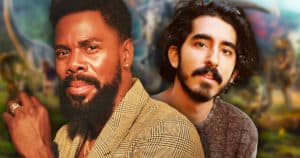
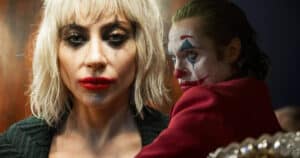
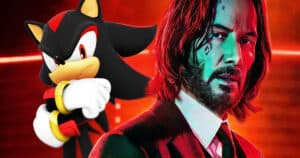
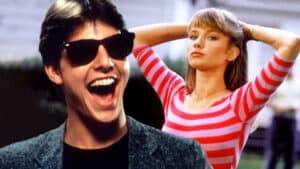

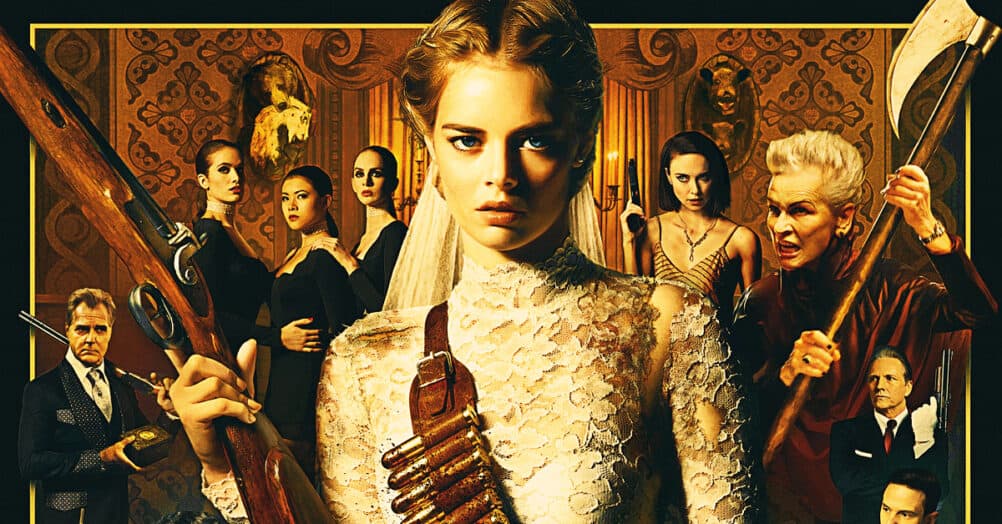
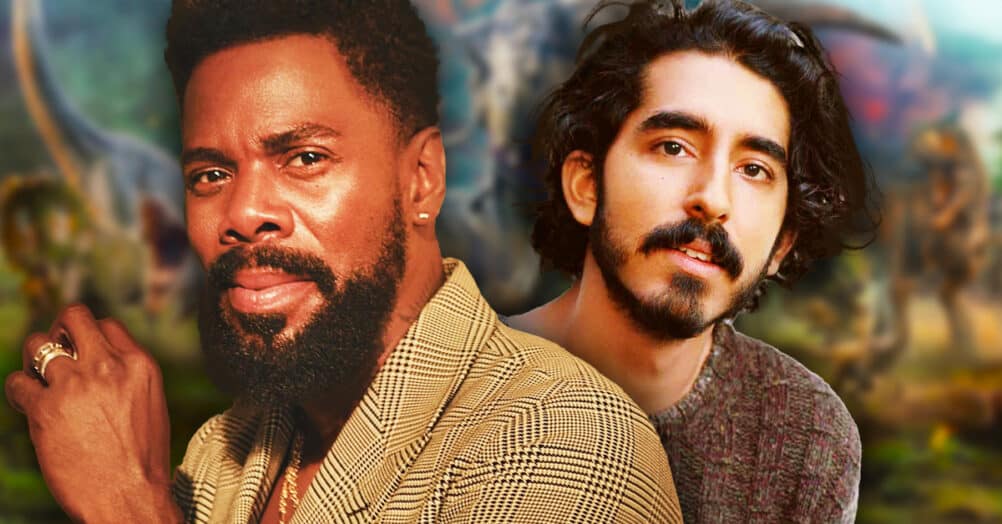
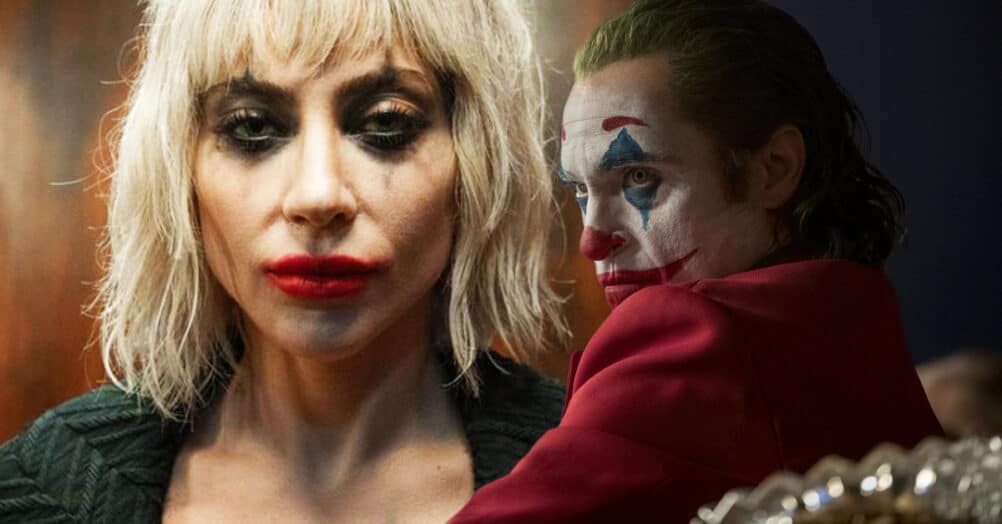
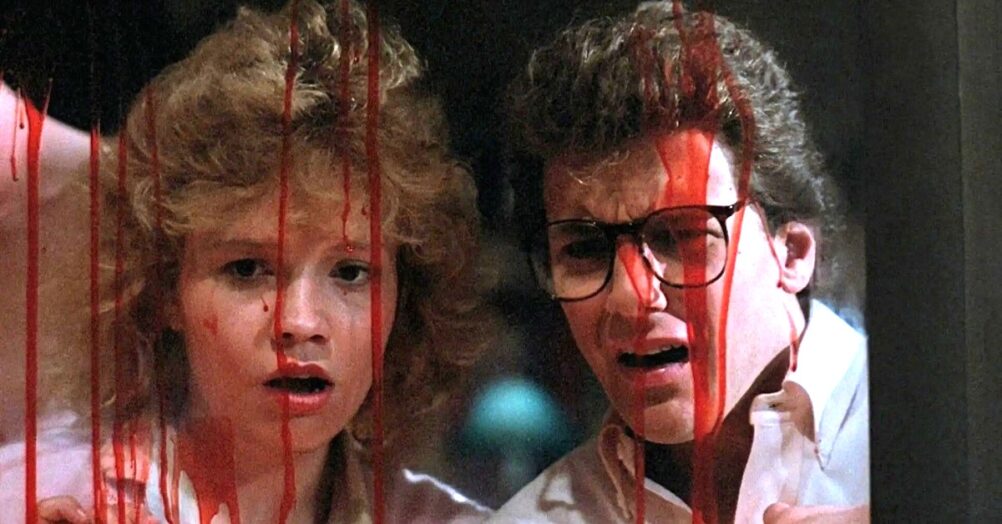
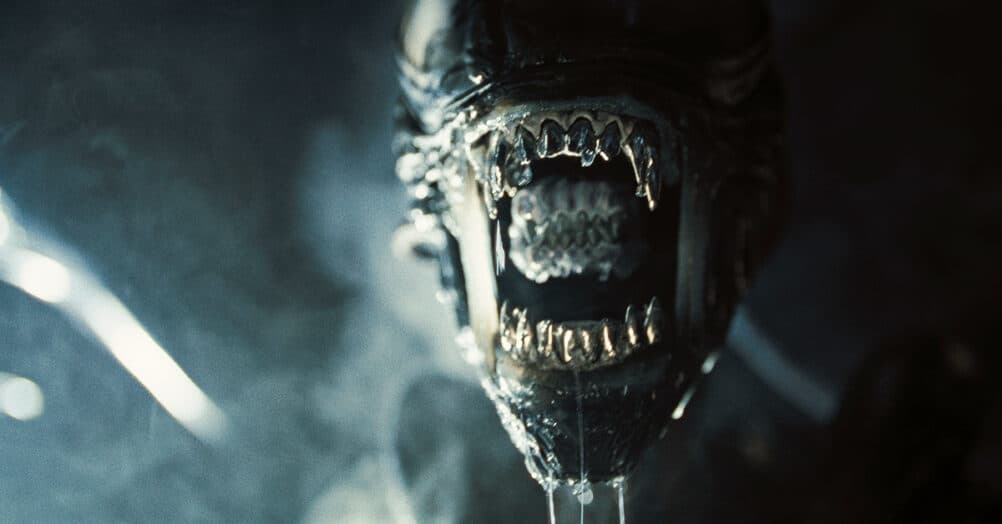
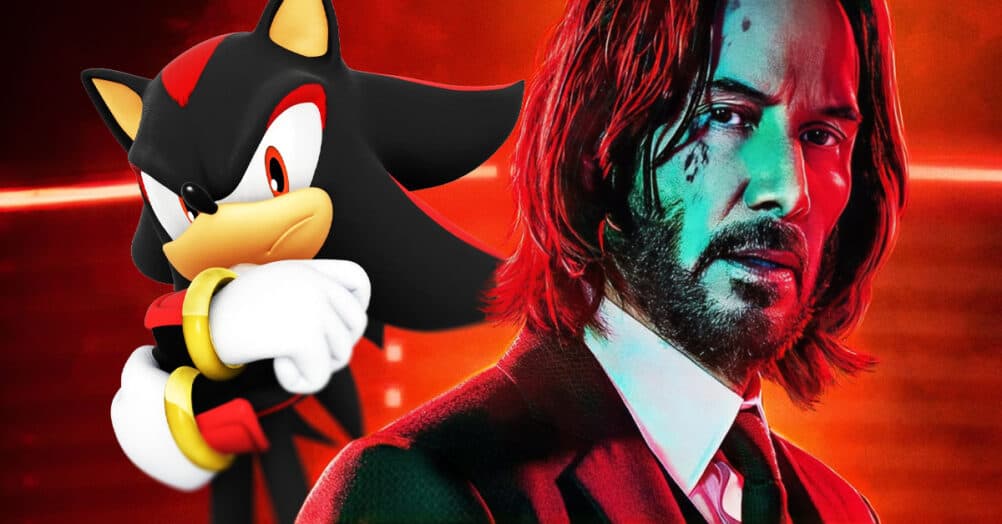
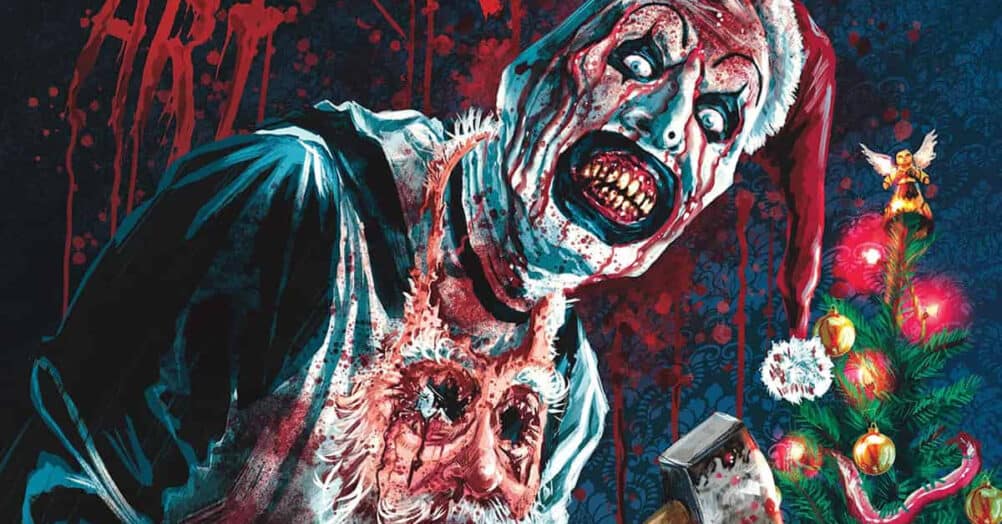
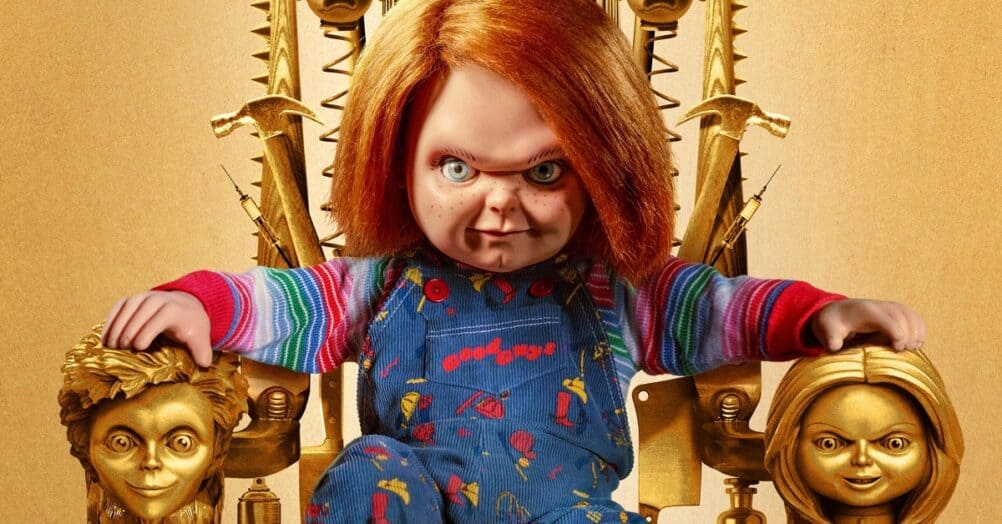

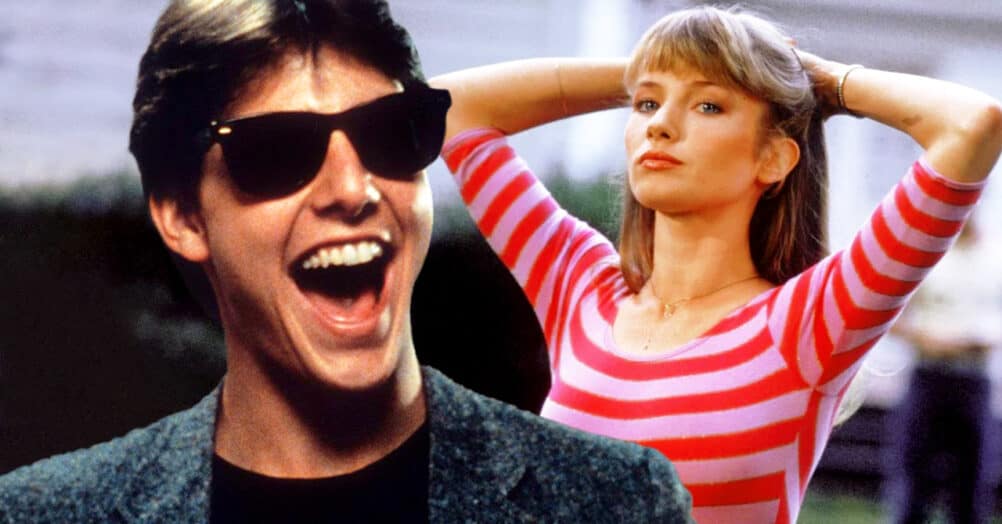
Follow the JOBLO MOVIE NETWORK
Follow us on YOUTUBE
Follow ARROW IN THE HEAD
Follow AITH on YOUTUBE